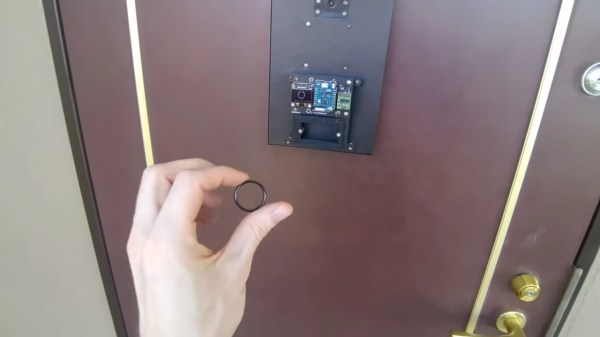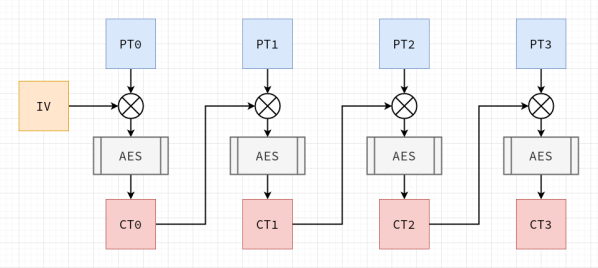If there’s one thing about managing a bunch of keys, whether they’re for RSA, SSH, or a car, it’s that large amounts of them can be a hassle. In fact, anything that makes life even a little bit simpler is a concept we often see projects built on to of, and keys are no different. This project, for example, eliminates the need to consciously carry a house key around by hiding it in a piece of jewelry.
This project sprang from [Maxime]’s previous project, which allowed the front door to be unlocked with a smartphone or tablet. This isn’t much better than carrying a key, since the valuable piece of electronics must be toted along in place of one. Instead, this build eschews the smartphone for a ring which can be worn and used to unlock the door with the wave of a hand. The ring contains an RFID which is read by an antenna that’s monitored by a Wemos D1 Mini. When it sees the ring, a set of servos unlocks the door.
The entire device is mounted on the front of the door about where a peephole would normally be, with the mechanical actuators on the inside. It seems just as secure (if not more so) than carrying around a metal key, and we also appreciate the aesthetic of circuit boards shown off in this way, rather than hidden inside an enclosure. It’s an interesting build that reminds us of some other unique ways of unlocking a door.



















